Graham Reid | | 8 min read
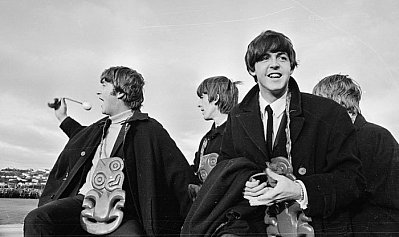
"Bliss was it in that dawn to be alive, but to be young was very heaven!"
.
That was William Wordsworth talking about the early days and hopes of French Revolution, but it might well apply to the Beatlemania era.
The Beatles generated such worldwide fervour that New Zealand couldn't help but be caught up in it, and quite early because we were a Commonwealth country and much of our news came from Britain so we saw the Beatles on television news broadcasts.
As the saying goes, the past is another country - -often a pretty innocent one, and certainly cheaper. That's why many people prefer to live there.
Roll the clock back to 1964 and look around: a National Government led by Keith Holyoake; the All Blacks back home from a successful tour of France and Britain; Brass Band Parade on 1ZB on a Sunday morning and black'n'white television.
There were plenty of sheep in the hills to export to Mother England, and a pretty gentle pace to life. After all, shops were closed on weekends and pubs kicked you out at 6pm so there wasn't much to do anyway but go to the beach, mow the lawn or maybe dress up and go to the pictures.
But things were changing. In Britain an exciting noise had emerged from Liverpool. It was called Beatlemania and behind the screams was the sound of four young men and their cheerful, guitar-driven pop.
And then they came here.
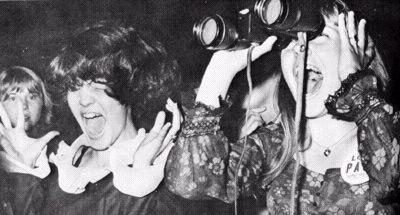
On June 21 1964 the Beatles landed at Wellington Airport to be greeted by 7000 screaming fans.
For the following eight days, until they flew out of Christchurch, hysteria reigned wherever they appeared.
And more than just men's hairstyles changed after they left.
Crowds in Wellington

In Auckland, receiving a mayoral reception from Sir Dove Myer Robinson
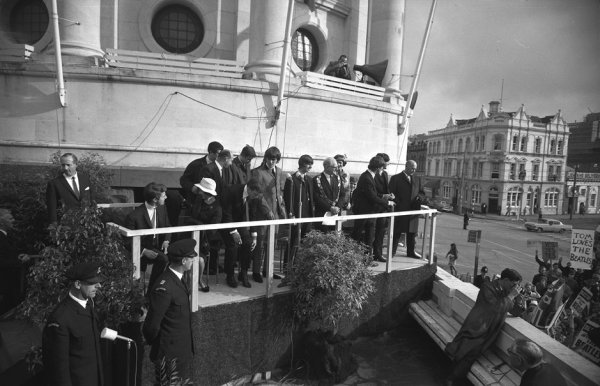
Why the Beatles though?
The look, the line-up, the language, the cheek and charm, and of course . . . the sound (compare the original by Smokey Robinson to the Beatles' cover of it, theirs has a distinctive Beatle sound because of three guitars and drums, and three male harmony vocals and their accent).
And, they had an audience.
Post-war baby boomers: b. 1946-64. The oldest of them just 18 when the Beatles appeared. And had a disposable income.
the immediate impact . . . bands adopted their look
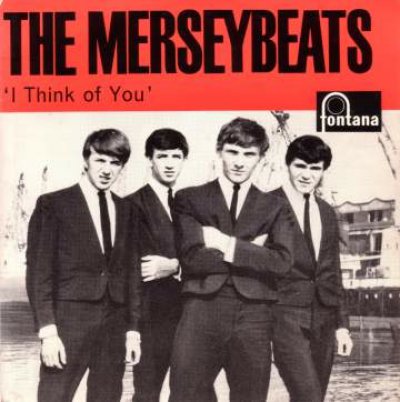

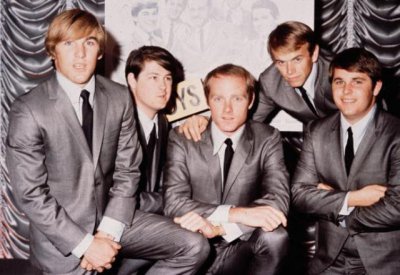
And their sound so . . .
IN NEW ZEALAND
Ray Columbus and the Invaders . . .
Their big hit came however with a of a song by a little known British songwriter Terry Deane. But it was very poppy (and Beatles-like) and it took off . . . and the Beat Boom of the Sixties started.
as was the tradition, they covered a Beatles' song (I Want to be Your Man, which outsold both the original and the Rolling Stones' versions).
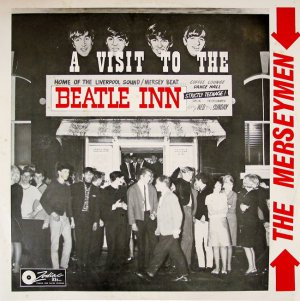 The pop, then rock, boom of the 60s
The pop, then rock, boom of the 60s
1963 and 1964 . . .
the first years of the Beatles' and Britain's dominant cultural influence. Boys grew their hair and formed bands, girls looked to the Mod styles of London and solo singers like Sandy Shaw and Cilla Black, clubs opened in the main centres (like the "Strictly Teenage!" Beatle Inn in Auckland which featured a group called the Merseymen), bands recorded . . .
And radio and television started to realise the power of the youth market.
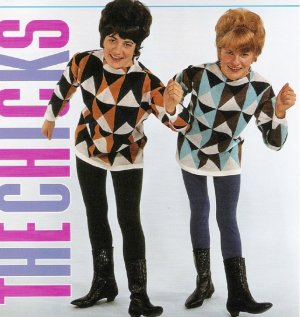
A period of great change when "pop" music took over in the wake of the Beatles.
But interestingly enough, as with Ray Columbus and the Invaders' She's a Mod which was a cover the local versions became "ours" . . . because we didn't know the original.
Like the Chicks with Hucklebuck (which had been a slow Fifties rhythm and blues song. The Chicks and their producer turned it into a piece of British-styled pop.
The Hucklebuck by American singer Roy Milton (1949)
And here is the chart-topping local version recast as a bright dance-pop song
Let's Go produced by Kevan Moore, the first live pop television show in New Zealand, launched 1964 (followed by C'mon and Happen Inn)
[the sound is bad on the clip so play this track and then start the video with the sound down]
Let's Go, the Librettos
and here's the look of the band playing that theme song
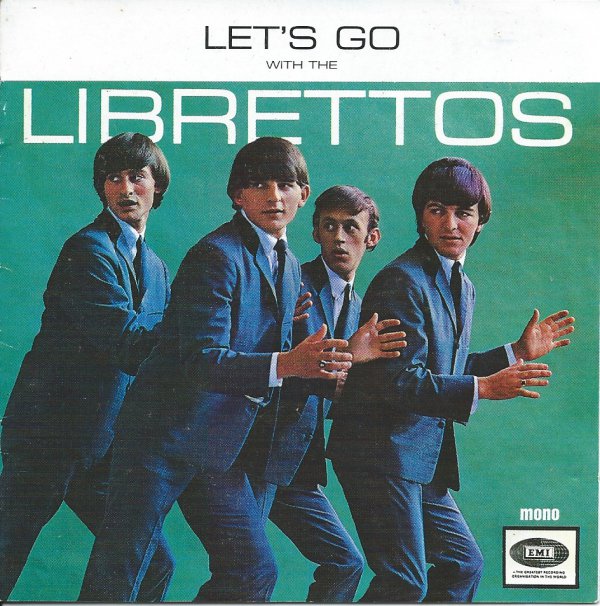
The Beatles and the trickle down (tsunami?) through popular/teenage culture was big business . . .
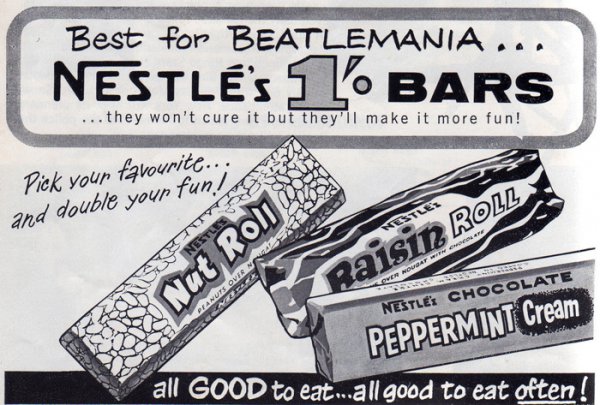
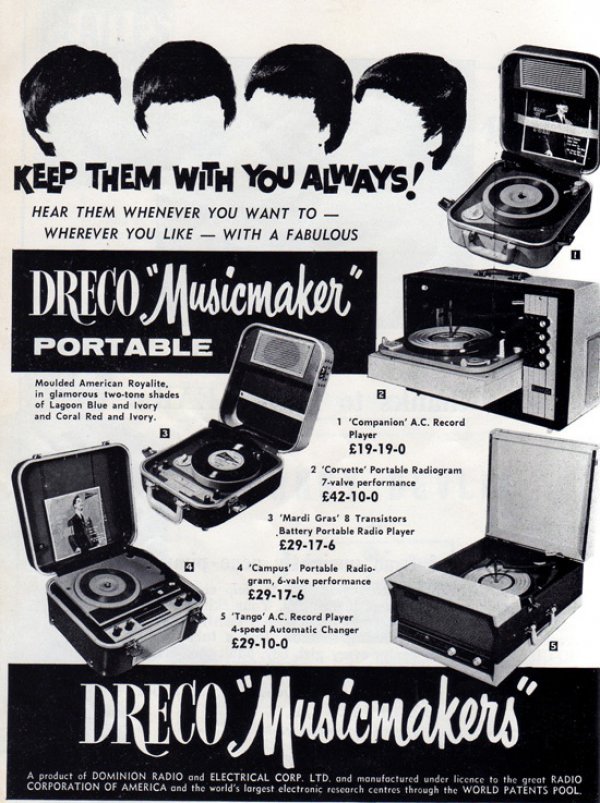
1965: Loxene Golden Disc Award, Apra Silver Scroll and Entertainer of the Year awards
1966: Radio Hauraki begins broadcasting.
In a marketplace driven by teenage taste, pop stars like Tommy Adderley and the Chicks appeared on ads, like these jingles for Radio Hauraki . . .
BUT!
All very exciting however in the drive to sound international something -- in fact quite a lot of things -- got lost, like an authentic New Zealand vernacular. And the Sixties pop market was almost exclusively made by Pakeha.
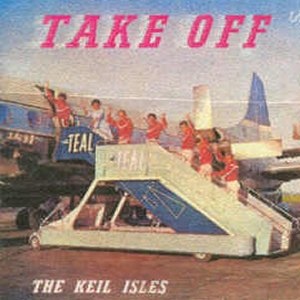 Maori artists -- and the small number of Polynesian artists popular in the pre-Beatles period like the German-Samoan Keil Isles -- were increasingly marginalised in mainstream pop culture.
Maori artists -- and the small number of Polynesian artists popular in the pre-Beatles period like the German-Samoan Keil Isles -- were increasingly marginalised in mainstream pop culture.
Go back just a few years before the Beatles' breakthrough to the mid and late 50s, the rock'n'roll era and . . .
Local content, local humour, local references . . .
Haka Boogie by Morgan Clarke with Benny's Five (c 1955)
Haka Boogie, 1957
Johnny Cooper, "The Maori Cowboy"
After a career as a country singer, Cooper got the call in 1955 to cover a song from overseas (a common practice right through to the late 60s). The song was Bill Haley's Rock Around the Clock.
 The group Cooper used were -- and this was common -- local jazz musicians who could quickly learn these simple tunes. The version wasn't that good, but it was the first local rock'n'roll song recorded in New Zealand.
The group Cooper used were -- and this was common -- local jazz musicians who could quickly learn these simple tunes. The version wasn't that good, but it was the first local rock'n'roll song recorded in New Zealand.
Rock Around the Clock, 1955
Cooper had a short and largely unimpressive career as a rock'n'roll singer -- but he did record Pie Cart Rock And Roll in '57, a tribute to a local institution.
Pie Cart Rock and Roll, 1957
Here Peter Lewis from Christchurch salutes the major centres in Four City Rock from 1960 . . . and rhymes "Dunedin" with "freezin' "
A strong country music and folk tradition also
Packing My Things by William Clauson
and people like Willow Macky
The Ballad of Captain Cook sung by Max Cryer
Willow Macky (1921 - 2006)
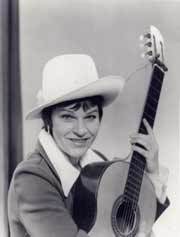 Born Katherine Macky, she learned guitar as a teenager and started to write her own songs based on overseas styles and lyrics in the early 50s. What she noticed however was how few songs were being written about New Zealand.
Born Katherine Macky, she learned guitar as a teenager and started to write her own songs based on overseas styles and lyrics in the early 50s. What she noticed however was how few songs were being written about New Zealand.
In his book Blue Smoke; The Lost Dawn of New Zealand Popular Music 1918-1964, Chris Bourke writes, "When she first sang Tamaki Moonlight to an Auckland audience, they laughed at the unfamiliar mention of a New Zealand place name in a song".
But she continued to write folk songs about New Zealand places, then an opera (The Maori Flute). In 1959, she also wrote the classic Christmas song which many have sung at school, Te Harinui.
She wrote about Sir Edmund Hillary, and cities and landscapes around the country.
We may think these songs are bit quaint and naive, but they are among the first widely popular songs about New Zealand by a (Pakeha) New Zealander. And they celebrate our history and places.
Waitemata Harbour sung by the Mariners
Abel Tasman sung by Athol Freshney
Cathedral City by the Mariners
Kupe sung by Athol Freshney
And New Zealand had long been known as "Maoriland" to people overseas (because it sounded exotic) so . . .
Maoriland by Pixie Williams
The Maori Way sung by Mavis Rivers
Pixie Williams with Ruru Karaitiana celebrating Wellington (and making it sound rather more like a tropical island than the capital?)
Windy City
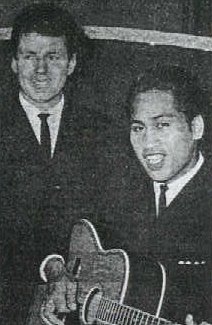 the duo of Lou and Simon (Lou Clauson and Simon Mehana) were popular touring artists who mixed Maori songs with comedy.
the duo of Lou and Simon (Lou Clauson and Simon Mehana) were popular touring artists who mixed Maori songs with comedy.
and a song like this from 1965 might seem politically incorrect today but it makes fun of both Pakeha and Maori alike.
Converted Maori Car
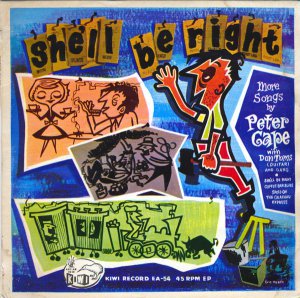
And people like Peter Cape who captured a sort of rural, deliberately unsophisticated New Zealand in songs like Down the Hall on Saturday Night (where "sheilas" and "jokers" gather for a dance) and She'll Be Right.
She'll Be Right
They were songs about rugby, racing and beer. (Footie, the TAB and booze)
And this about the emerging coffee bars which were springing up in many cities.
And Taumaranui on the Main Trunk Line (about the station on the main railway between Auckland and Wellington where trains stopped so people could get a cup of tea and a pie).
Taumaranui

Telling perhaps that the most popular group in the country before the Beatles was the Howard Morrison Quartet which formed in '55 just as rock'n'roll was arriving and broke up in '64 when the Beatles literally did.
The Battle of Waikato
And the novelty song Ahab the Arab was given a twist to become Mori the Hori in 1962 (all very politically incorrect today of course, and as a solo artist later Morrison would record Howie the Maori)
Mori the Hori
But when the Beatles arrived all this sounded naive, parochial, inelegant and just faintly embarrassing to a young -- and sometimes not so young -- audience.
The Beatles broke the (admittedly tenuous) link with New Zealand country and folk music, jazz which had been a very popular form since the Forties became increasingly marginalised in the Sixties and New Zealand popular music was uncoupled from various vernacular traditions in favour of "pop music".
However . . . compare this song to the Beatles clip below and ask yourself: Did the Beatles kill off a popular tradition . . . or did they just save us from ourselves!?
Down the Hall on Saturday Night (1960)
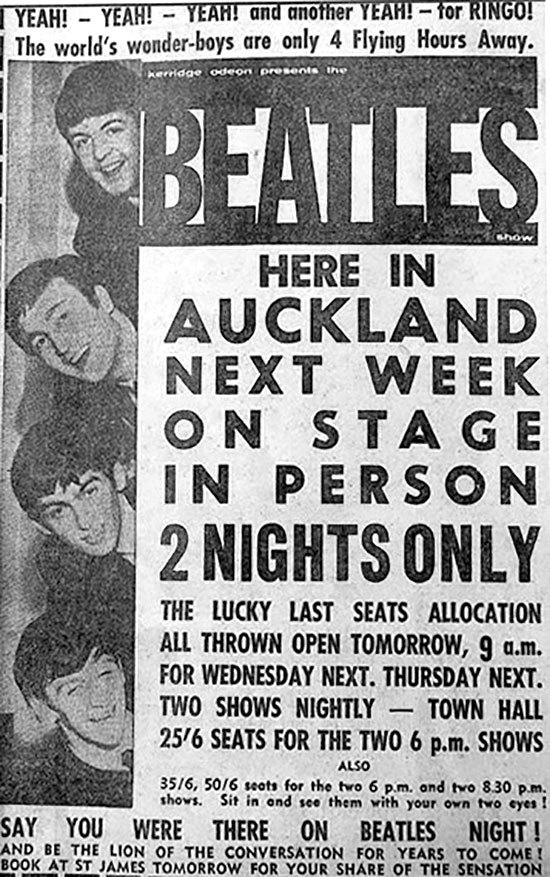

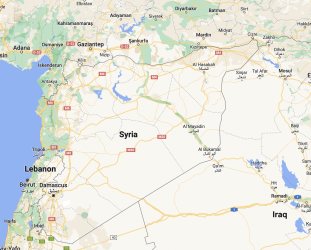
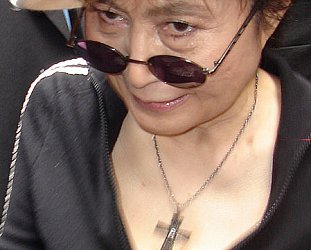
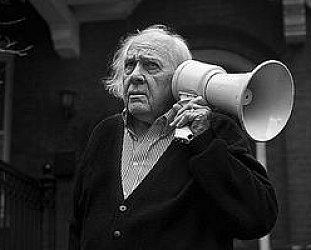
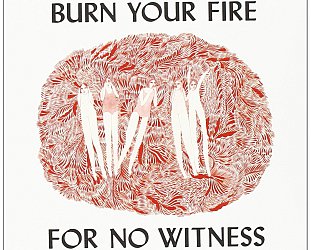
post a comment